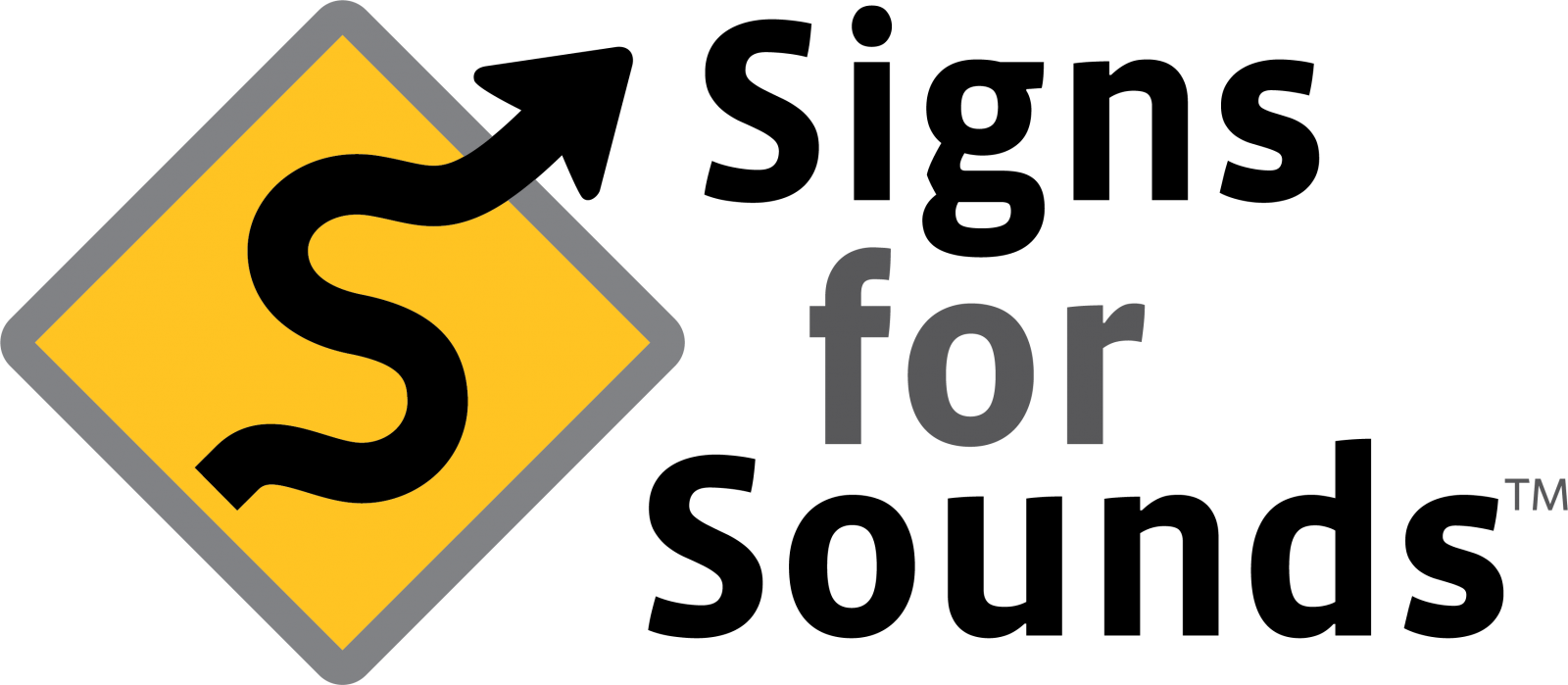 Does your spelling program align with the Science of Reading? Oftentimes, phonics is discussed mostly in terms of decoding—turning written symbols into speech. But encoding—turning speech into written symbols—is equally important for developing readers. The aim of phonics instruction is to help students acquire alphabetic knowledge in order to read AND spell words. Students will learn new phonics elements more deeply if they practice both decoding and encoding words with that element. Research confirms that when spelling is part of phonics instruction, it fills in gaps in students’ learning and helps to eliminate confusion about the phonics patterns they’re struggling with.
Does your spelling program align with the Science of Reading? Oftentimes, phonics is discussed mostly in terms of decoding—turning written symbols into speech. But encoding—turning speech into written symbols—is equally important for developing readers. The aim of phonics instruction is to help students acquire alphabetic knowledge in order to read AND spell words. Students will learn new phonics elements more deeply if they practice both decoding and encoding words with that element. Research confirms that when spelling is part of phonics instruction, it fills in gaps in students’ learning and helps to eliminate confusion about the phonics patterns they’re struggling with.
Our Signs for Sounds program is a phonics-based spelling program that aligns with the Science of Reading. This program teaches phonics elements and builds mastery in encoding and decoding words with these elements. It also builds mastery in encoding and decoding high-frequency words that do not follow regular phonics patterns.
Overview of Signs for Sounds
Signs for Sounds is a teacher-directed spelling program for beginning and developing spellers and readers. It can be used one-on-one, with small groups, or with a whole class. Level 1 covers phonics skills typically taught in first grade, and Level 2 covers phonics skills typically taught in second and early third grade. It can be used as a primary curriculum for students in grades 1-3 or as an intervention for older students.
Signs for Sounds uses a systematic, explicit lesson design. It includes an assessment to determine which level or lessons students need. A lesson guide for each level instructs teachers through the lesson phases, which include teaching, testing, and dictation. Each lesson covers a specific phonics element.
The teacher begins the lesson by teaching the phonics element. For example, in a lesson that teaches consonant blends, the teacher would start out by helping students identify which two consonants students hear at the beginning of a word like “glow.” The teacher instructs on this concept using several examples and gives students opportunities to practice identifying which letters make up which sounds.
Next, the teacher teaches the sound-out words in the lesson, and students write these words in their lesson forms. The form provides several letter choices for a sound, and students need to choose which letter(s) represent the sound. They correct any errors immediately, which research shows is the most effective strategy for learning to spell. When students notice errors and correct them directly after making them, they are more likely to solidify the correct spelling of the word. To maximize progress, students also need to decode the words. At the end of this phase of the lesson, students read all the words on their form aloud.
Next, the teacher presents the spell-out word, which is a high-frequency word with an irregular spelling pattern. Fifty high-frequency words are taught in Signs for Sounds Level 1, and 100 high-frequency words are taught in Level 2. These words are taught with a research-based strategy that supports word-specific memory. The teacher presents these words in an “I do it, we do it, you do it” model. After this, the students go back to their lesson form and practice spelling out the high-frequency word independently, again with scaffolded support on the form.
After the teaching phase, students are tested on the sound-out and spell-out words they just learned. The teacher dictates the words as the students write them down. Students read their words after writing them down, which provides another opportunity to both encode and decode. They also correct their errors.
Next, students use the dictation form. On this form, students write sentences using the spell-out and sound-out words. Teachers can customize the sentence difficulty depending on the needs of their students. Students read the sentences to solidify both encoding and decoding.
Finally, after correcting their words and sentences, students graph their scores to track their progress. This progress monitoring step is highly motivating and encourages them to continue improving.
Watch this webinar by our Signs for Sounds Educational Consultant, Karen Hunter, to learn more. You can see the forms as they’re used, download samples of the program, and more.
Learning to spell and learning to read both rely on phonics. Whichever spelling program you choose, make sure phonics is a key component. By using a program like Signs for Sounds, you can provide highly effective spelling and reading instruction for beginning and developing readers. Click here to purchase Signs for Sounds and build a classroom full of competent readers and spellers this coming school year. At just $89/level, this program is as affordable as it is effective!
 Share your student’s success story—nominate him or her for our Star of the Month award. Win a Barnes & Noble gift card for the student and a Read Naturally gift certificate for your class!
Share your student’s success story—nominate him or her for our Star of the Month award. Win a Barnes & Noble gift card for the student and a Read Naturally gift certificate for your class!
Post a New Comment